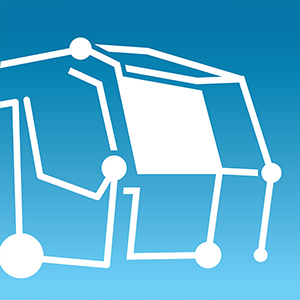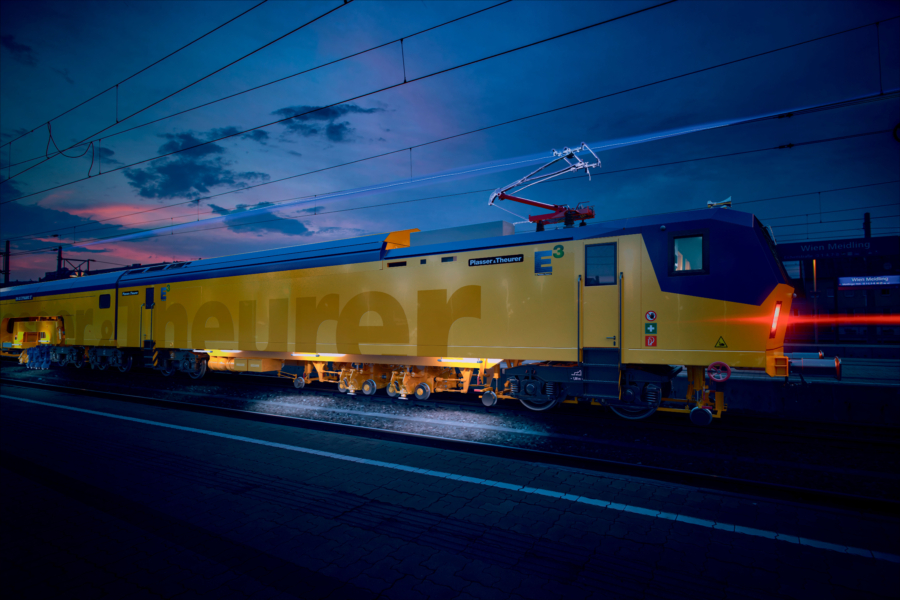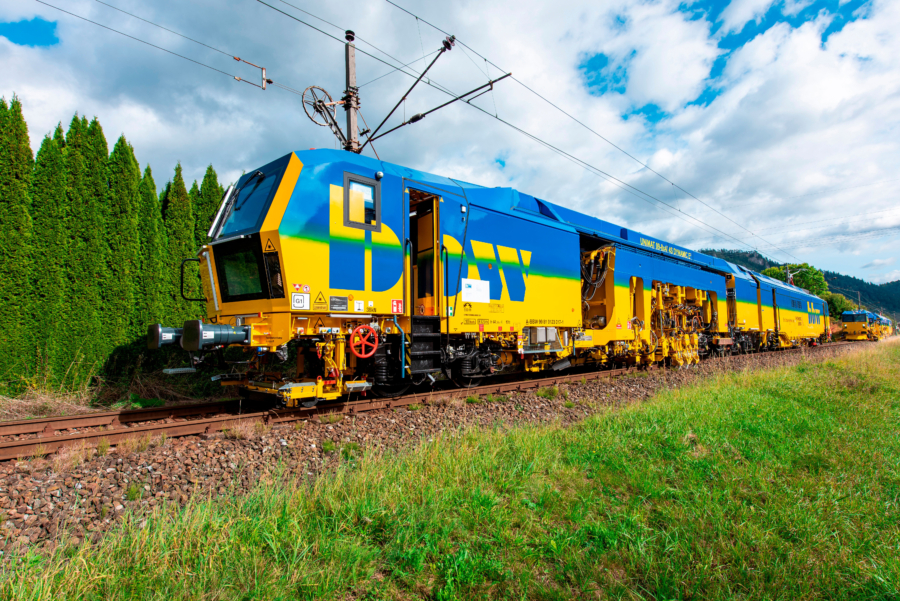
In order to increase productivity and to reduce track closure times, staff and thus costs, it makes sense to integrate the DGS directly into the tamping machine. One single pass creates a uniform result in terms of track geometry, ballast compaction, and lateral track resistance. Immediately after maintenance, the line can be travelled again at the permissible speed limit, in compliance with the specifications of the respective infrastructure operator.
Dynamic track stabilisation is used in particular on high-speed and heavy-load lines. This is why it is particularly useful to integrate the DGS into continuous action high-capacity tamping machines (09 Dynamic series).

The concept of the mechanised maintenance train (MDZ) ensures a further increase in productivity. An MDZ combines several machines into a continuous-action train consist, for example a high-capacity tamping machine with DGS and a ballast distributing and profiling machine. The performance of the individual machines is coordinated with each other. In addition to optimum track geometry and stabilisation, this also achieves perfect ballast management and optimised use of the track closure times.
